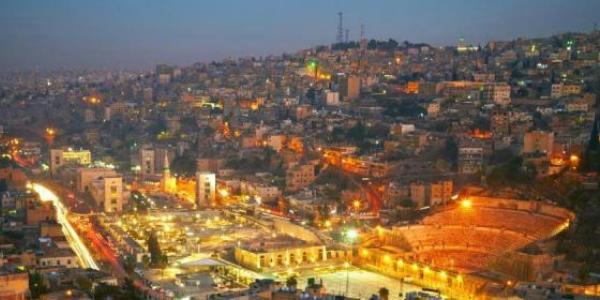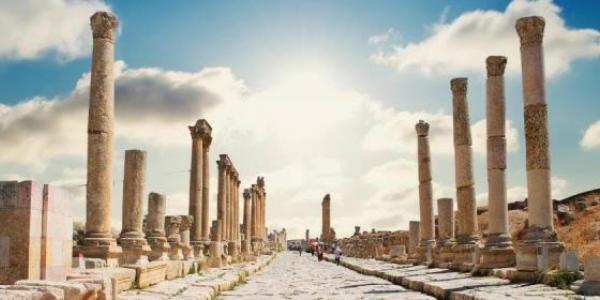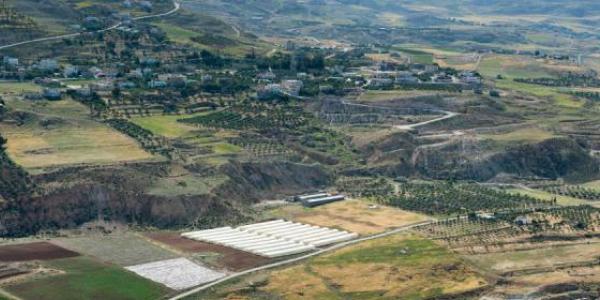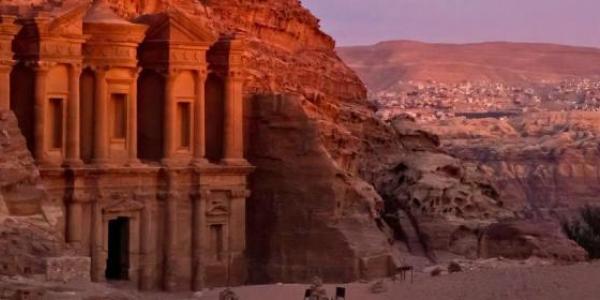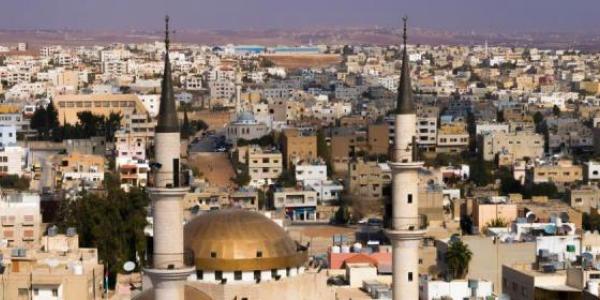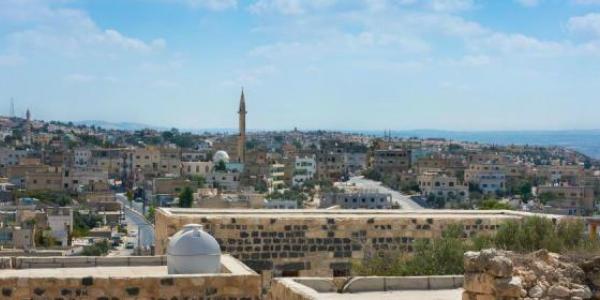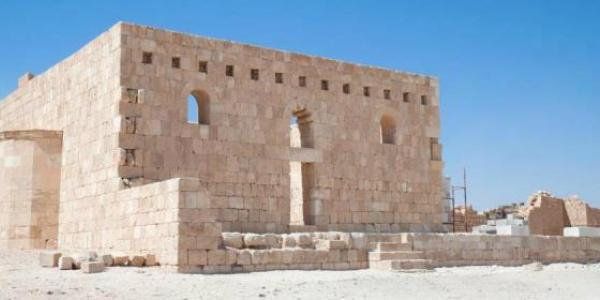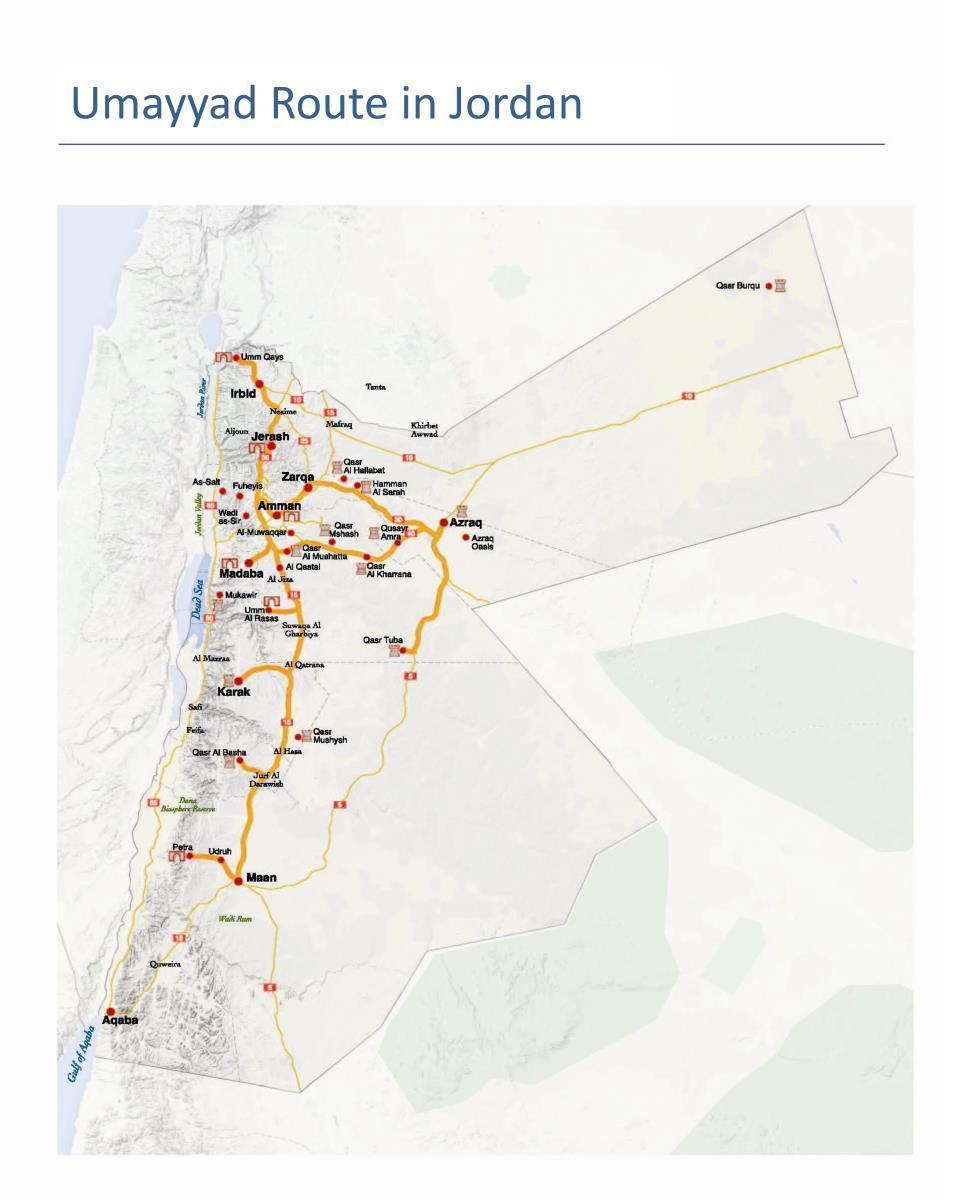
The Jordanian territory, located on the borders within the great empires of the Middle East, was crossed by endless numbers of conquering armies: Egyptians, Assyrians, Babylonians, Persians, Greeks, Romans and Byzantines.

The first confrontation of Islam and the byzantine world in Jordan was in 629 AD in the battle of Mutah near Karak. In 636, the Arabs were able to control Syria, Jordan and Palestine after the decisive battle of Yarmouk. Omar ibn al-Khattab, the second of the Rashidun Caliphs, founded the administrative system of Ajnad (military districts; also Junds).
ROUTE OF THE UMAYYADS IN JORDAN
The modern state of Jordan coincides with portions of three junds (administrative districts): Filistin (Filistia or Palestine), al-Urdun (Jordan), and Dimashq (Damascus), with corresponding capitals in Ramla, Tabariaya and Damascus. Jordan lay to the east and south of these political centres. From 632 to 661 the Islamic world was ruled by the first four caliphs (al-Rashidun): Abu Bakr (632- 634), Omar ibn al-Khattab (634-644), Uthman ibn Affan (644-656) and Ali ibn Abi Talib (656-660).
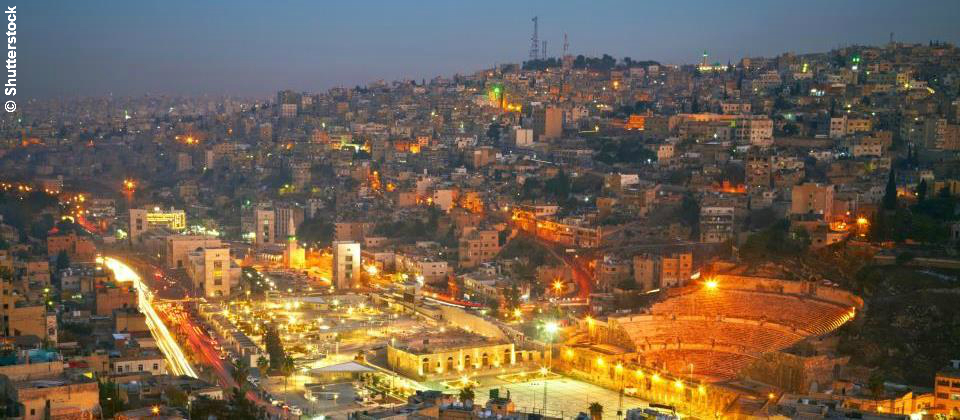
After Byzantine Syria had been converted to Islam, Mu‘awiya ibn Abi Sufian followed suit and was appointed as governor of Syria during the reign of the second caliph Omar ibn al-Khattab around 639, with Damascus as his seat, replacing the administrative centers at Caesarea and Bosra. Since his early appointment as a governor, Mu‘awiya tried to pick out the best leaders from various tribes as the custom was to form the military units along tribal lines.
When the third caliph, Uthman ibn Affan, was murdered in 656, the prophet Muhammad’s (peace be upon him) cousin and son in law, Ali, became Caliph. Mu‘awiya ibn Abi Sufian, then governor of Damascus, and as a senior relative of Uthman, emerged as a leading protagonist of those seeking retribution for Uthman, and opposing Ali’s caliphate for his failure to bring the killers to justice. Mu‘awiya’s Syrian, Palestinian and Jordanian forces fought Ali at Siffin on the Euphrates in north Syria in 657, where it was eventually decided to submit the question of the caliphate succession to arbitration. While the negotiations were in favour of Mu‘awiya, they were soon overtaken when Ali was murdered by a Kharijite (dissident) in 661 and the only figure able to exercise power and to establish a caliphate was Mu‘awiya. As a result, political power definitively shifted to Damascus and away from Medina.
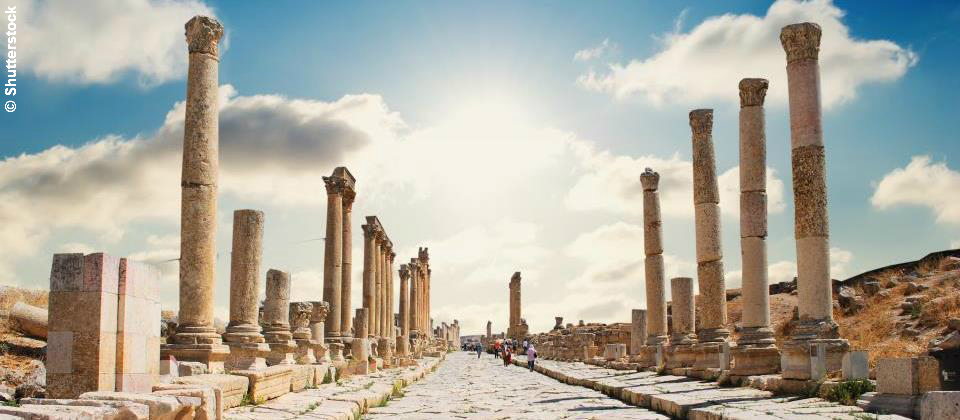
Mu‘awiya inherited the Greek-based bureaucracy of Syria, Palestine and Jordan and the Syrian Arab tribes, which had formerly defended the Byzantine desert frontier. These tribes were either Christian, or early converts to Islam and became the military mainstay of the Umayyad Regime. In essence, the Umayyads inherited in Syria, Palestine and Jordan the old Arab Ghassanid federate kingdom that had guarded the eastern frontier of the Byzantine Empire of the sixth century. In his turn Mu‘awiya protected the interests of Syrian, Jordanian and Palestinian tribes by deflecting Arab immigrants from the Arabian Peninsula to other territories like Iraq or Egypt. Thus, Jordan played an important role in establishing the Islamic period during the Umayyad age. Jordan witnessed a period of high urbanization during the Umayyad period. The modern desert of Jordan had been crossed by highly urbanized roads and fortifications.
In about 695, Jordan witnessed a new administrative system which was brought during the reign of Abd al-Malik (685-705 AD). Arabic became the official language of administration replacing Greek (the language of the Byzantine Empire) and Pahlavi (the language of the Persian Empire). The coinage was also reformed, and a purely Islamic coinage was instituted. It was so successful that it set the basic formula of Islamic coinage for centuries thereafter.
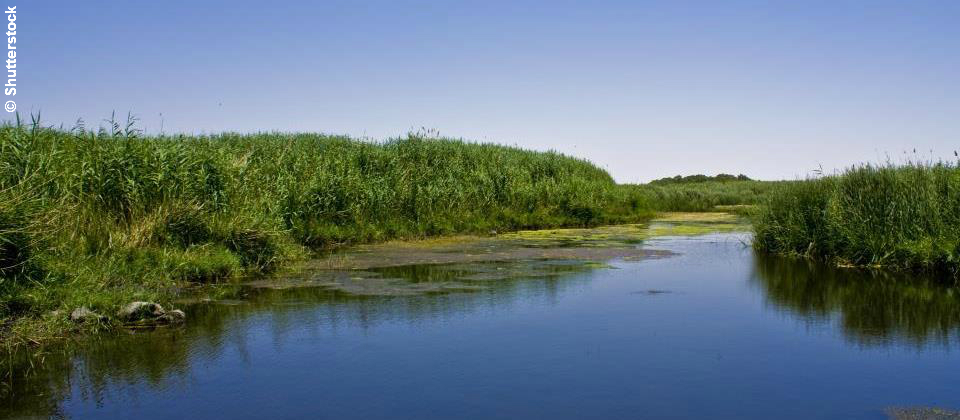
The wealth deriving from conquests coincides with the foundation of new Islamic buildings, almost all mosques. Knowledge of Umayyad urban settlements has greatly increased since the 1980s. The Umayyad secular architecture became most familiar due to the palatial buildings in the countryside and on the desert margins of Jordan and Syria. These must be still regarded as a very important part of the Umayyad architectural record, reflecting the taste, self-image and interests of the Umayyad aristocratic elite, and a major means of understanding Umayyad society.
In Jordan, towns like Caesarea, Jerash, Bisan and Umm al-Jimal have been excavated, and they show that settlement continued unbroken from Roman and Byzantine times into the early Islamic period, although particular buildings often underwent a change of use, were adapted, or were built anew. Umayyad palaces in the major urban centers are better known since the excavations at al-Qal’a at Amman (Amman Citadel). It stands within the old Roman fortifications of Jebel al-Qal’a, overlooking Amman. It has a formal reception hall that reveals strong Sassanian imperial forms, which are typical of the later Umayyad period. On the whole, they were clear evidences of a highly urbanized life.
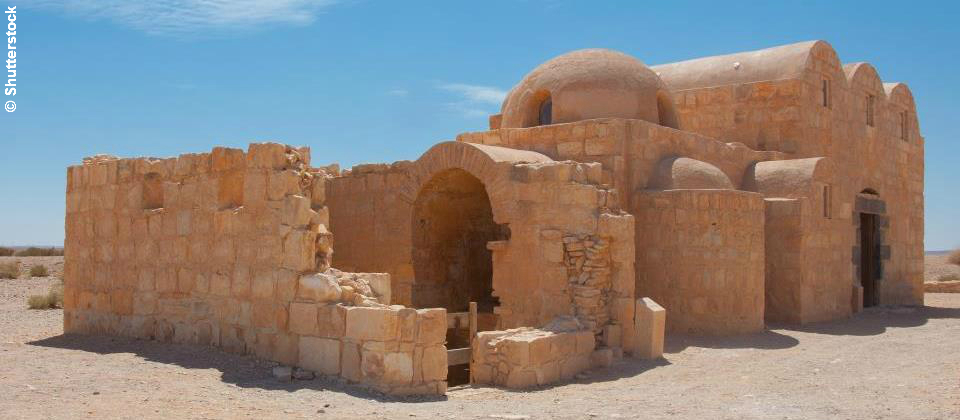
The Umayyad period then witnessed an expansion in urban centers as seen by the castles and palaces stretched over great areas of Jordan. The remarkable study of Svend Helms in al-Rishah reveals this kind of expansion into the remote desert areas. The settlement of al-Rishah, as a collection of minimally preserved structures, individual buildings arranged in parallel lines with a mosque and large formal buildings, seems to be an urban centre. The complex of three qusur at Umm al-Walid, shows an urban pattern of settlement which consists of a unifying enclosure and a common court. Other qusur like Qasr al-Kharaneh, Qasr al-Tuba, Qusayr Amra, or Azraq reveal the prosperous urbanization during the Umayyad period.
On the whole, the Umayyad period represents one of the most prosperous times in the history of Jordan and the role of the Jordanian tribes was detrimental in the establishment of the Umayyad dynasty. In 750, Jordan shifted to the rule of the Abbasids after the Revolution that was initiated from al-Humaymah in the south of Jordan.
Weather |
LanguageArabic |
Gastronomy |
Information Point |
Time ZoneAST (UTC +2h/UTC +3h) |
CurrencyJordanian Dinar |



